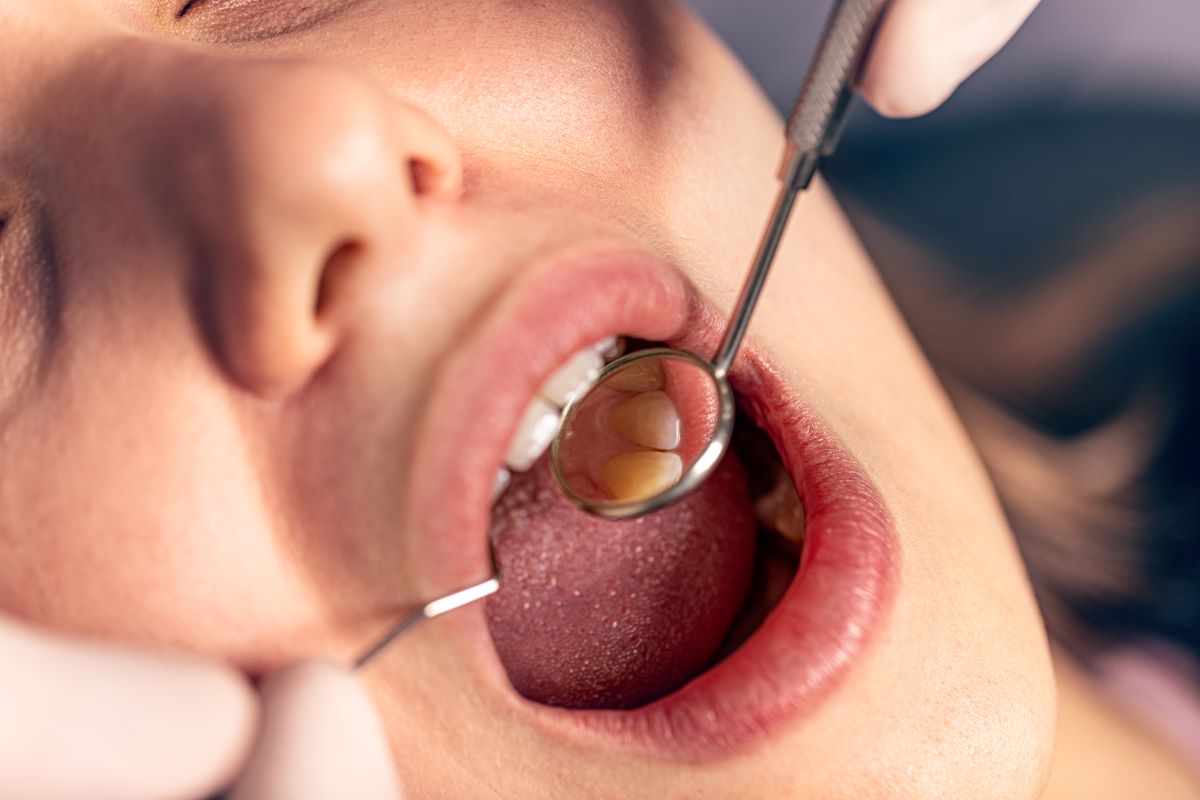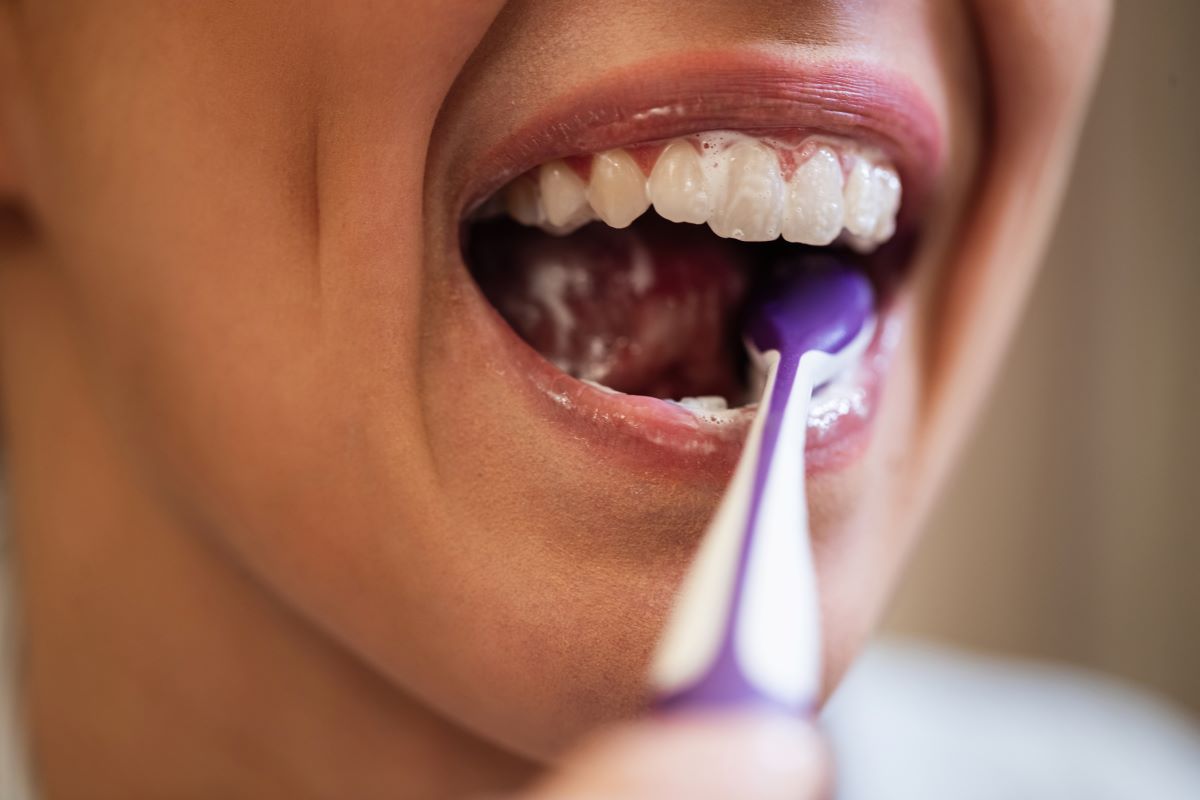Are you about to get a cavity filling? Many patients wonder, do cavity fillings hurt?
It is one of the most common questions patients ask before sitting in the dental chair. The truth is that modern dentistry has made the process simple, fast, and virtually painless.
When you know what to expect before, during, and after the procedure, that fear starts to fade away.
Knowledge brings comfort. Understanding what happens during a cavity filling can help you feel calm and confident when it is time for treatment. If you’re curious about what causes tooth decay, you can also read our guide on Are Cavities Genetic? All You Need to Know.
Let’s go step by step through everything you need to know about fillings and what makes them such a safe and effective solution.

A cavity, also known as dental caries or tooth decay, is a small hole that forms in your tooth when bacteria in your mouth produce acids that erode the enamel.
Over time, this erosion can reach deeper layers of the tooth, leading to pain or infection if left untreated.
Cavities develop for several reasons: frequent snacking, sugary drinks, poor brushing habits, or skipping regular dental cleanings.
Once a cavity forms, the only way to stop it from growing is to clean out the decay and fill it.
That’s where a cavity filling (or dental filling) comes in.
A filling restores your tooth to its original shape and function while protecting it from further decay. It is a simple procedure that can make a big difference in your overall oral health.

Pain is subjective and depends on a few key factors.
Some patients feel nothing more than mild pressure, while others notice a little sensitivity afterward.
Here are the main reasons why experiences may differ.
If you have more than one cavity to repair, your dentist may suggest treating them in the same visit.
This can slightly extend the appointment time, which sometimes causes mild jaw or gum soreness afterward.
However, this approach saves time overall and ensures all your teeth are protected.
If you prefer shorter sessions, your dentist can always divide the treatment into two appointments to make the experience even easier.
Where the cavity is located also makes a difference.
Cavities on the chewing surfaces of molars may require deeper cleaning, while those near the gumline or roots can be a bit more sensitive because those areas are naturally thinner and softer.
Your dentist will adapt both the tools and the anesthesia approach to make sure you stay comfortable regardless of the area being treated.
Deeper cavities take longer because the decay is closer to the tooth’s nerve endings and if left untreated, may require more complex treatments such as a root canal.
Small surface cavities are quick to fix and usually painless, but deeper ones may require a bit more anesthesia.
Modern dentistry ensures this step remains gentle and efficient, with precision tools that remove only the damaged tissue.
Different filling materials can slightly influence sensitivity.
Tooth-colored composite fillings, which are common at Junction Family Dental Care, bond directly to the tooth structure and provide a smooth, natural finish.
Other materials, such as amalgam, may conduct temperature differently and cause brief sensitivity.
Your dentist will help you choose the best option for both comfort and durability.

Understanding each step can help you feel more relaxed during your appointment.
The process is straightforward and usually takes less than an hour, and if you’re wondering about numbness, you can learn more in our article on how long dental freezing lasts.
Your dentist begins by examining your tooth and taking X-rays if necessary.
They will explain the treatment plan, answer your questions, and make sure you know exactly what will happen next.
A numbing gel is first applied to the gum to reduce any discomfort from the anesthetic injection.
The local anesthetic, usually lidocaine, quickly numbs the tooth and surrounding area.
Within minutes, the tooth loses sensation, so you shouldn’t feel pain during the procedure.
Once the area is numb, the dentist carefully removes the decayed portion of the tooth using precise instruments.
You may hear some vibration or pressure, but you should not feel pain.
The area is then cleaned thoroughly to prepare for the filling material.
The cleaned cavity is filled with a durable and tooth-colored material, usually composite resin.
The dentist shapes and polishes the filling so that it looks and feels natural.
Finally, they check your bite to ensure everything aligns perfectly.
Most patients are surprised by how quick and painless the entire process feels.

When the anesthesia wears off, it is normal to feel a bit of tingling or mild sensitivity.
This usually fades after a few days as your tooth adjusts to the new filling.
You may notice sensitivity to hot or cold foods or drinks.
This is temporary and can be managed with desensitizing toothpaste or over-the-counter pain relievers if needed.
Avoid chewing hard or sticky foods on the treated side until your dentist confirms that everything feels fine. For more advice on post-treatment care, check our tips on foods to eat after dental procedures.
Soreness in your gums or jaw is normal for a day or two, especially if you had multiple fillings.
However, if discomfort lasts longer than a week, it’s time to contact your dentist.
A cavity filling should relieve discomfort, not cause it.
If pain, swelling, or sharp sensitivity continues for more than a few days, call your dentist for an evaluation.
Sometimes, a simple adjustment to the filling can solve the problem.
Fillings also wear out over time, so if you experience new pain months or years later, it may be time to have it checked. Read more about why some treated teeth hurt years later.
At Junction Family Dental Care, our team is always ready to ensure your smile feels as good as it looks.
For most patients, cavity fillings do not hurt.
Thanks to local anesthesia and modern dental techniques, the procedure is now fast, gentle, and comfortable.
You might notice a little pressure or sensitivity once the numbness wears off, but this feeling usually disappears within a few days.
A dental filling is one of the most effective ways to restore your tooth and protect your oral health.
Tooth decay can progress quickly if left untreated, leading to pain, infection, or even tooth loss.
Getting a filling early prevents these complications and saves you from more complex treatments like root canals or extractions.
Today’s fillings are designed for comfort and aesthetics.
At Junction Family Dental Care, we use high-quality, tooth-colored materials that blend naturally with your smile and help you feel confident about your dental health.
Every treatment is part of our General Dentistry in Toronto services, personalized to your needs and performed with a gentle touch.
The key is communication.
If you ever feel discomfort during your visit, let your dentist know right away so adjustments can be made to keep you completely at ease.
In summary, cavity fillings are painless, practical, and the best way to maintain healthy teeth and prevent future complications.